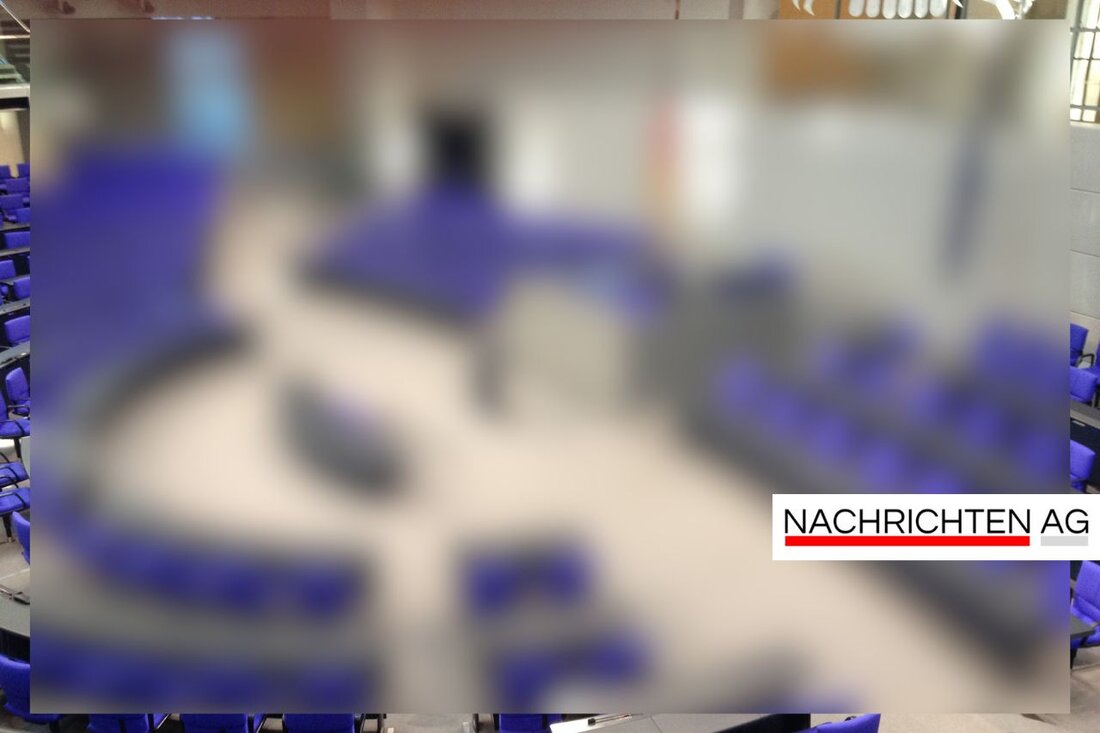Tangerhütte relies on Tango: increasing demand for new things in public transport!
Tangerhütte relies on Tango: increasing demand for new things in public transport!
Tangerhütte, Deutschland - recently, the discussion about mobility in rural areas has intensified. The focus is on the bus, taxi and patient transport operation by Peter Krüger in Tangerhütte. Krüger, who employs around 40 people, recently gave an insight into the new “Tango” offer with local politicians as part of a press conference, which has been in demand in the Elbdörfern since May. "The demand is increasing steadily," said Krüger, who is also subcontractor for the bus line network operator Stendalbus and serves several bus lines in the district. In doing so, he reacts to the increasing mobility needs of the rural population, where local public transport (public transport) is less and less attractive due to inadequate offers and complicated tariff systems, as the Federal Center for Political Education shows.
In rural regions, the paths are often longer and the dependence on the car increases steadily, which not only burdens the environment, but also influences the quality of life of the residents. Around 60 percent of all routes in rural areas are covered with motorized vehicles. The federal government is aiming for greenhouse gas neutrality by 2050, but the emissions in the traffic sector have remained almost unchanged since 1990, which makes the goals go far away.
new approaches to mobility
To meet these challenges, there are some promising approaches. For example, Krüger is using electric vehicles to transport up to eight people as part of the "Tango" offer. "This saves time and money," he explains, since he can also carry out minor repairs to his vehicles himself. Future developments in public transport will also include autonomous driving. However, Krüger is skeptical about immediate implementation: "For rural areas, this will not be realistic in the next ten to 15 years," said the entrepreneur.
Dialogue about mobility in rural regions is crucial. District Administrator Patrick Puhlmann was at Krüger as part of his summer tour and addressed the needs and wishes of the people on site. The mobility transition must be divided into two columns: mobility transition and energy transition. The first aims to make the transport system more efficient, while the energy transition ensures a clean energy supply. And this is necessary because road traffic is responsible for over 96 percent of traffic emissions.
future prospects
The need for new mobility offers is undisputed. Many rural communities fight with a decline in population and decreasing jobs. This not only leads to longer daily distances, but also to a higher CO2 footprint. In the past ten years, bus companies in these regions have dropped by 27 percent. Despite the advancement of car sharing and ride pooling, the differences in the mobility offer between the country and the city are enormous, and the mobility turnaround is still here.
In order to address the mobility challenges, autonomous minibuses and specially coordinated car sharing solutions could play a role in the future. The key to success will adapt to the needs of the rural population and the creation of suitable legal and economic framework conditions, as described in the analysis of the future of mobility.
In summary, it can be said that mobility in rural areas needs fresh impulses and innovative concepts. It remains to be seen whether Krüger's “Tango” is the right step towards more sustainable mobility. But one thing is certain: there is something!district of Stendal , Future Mobility , Federal Center for Political Education .
| Details | |
|---|---|
| Ort | Tangerhütte, Deutschland |
| Quellen | |


Kommentare (0)